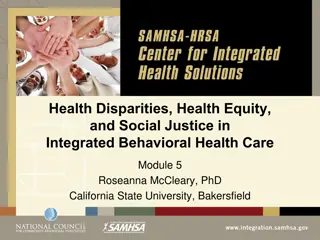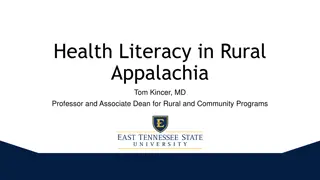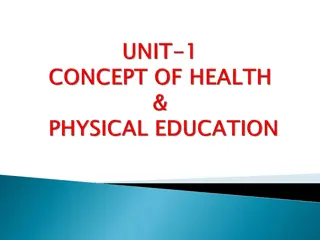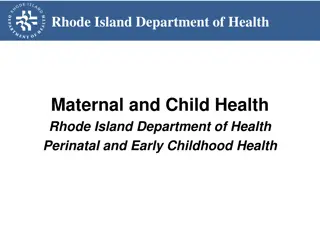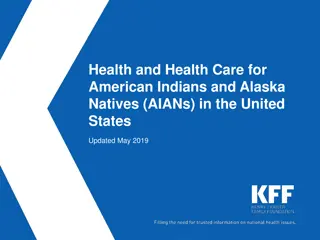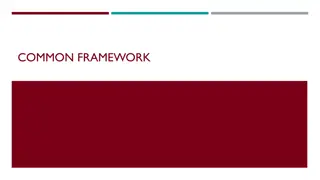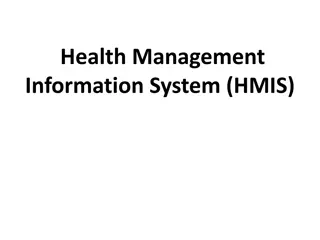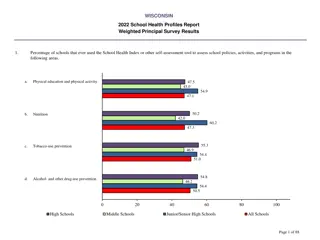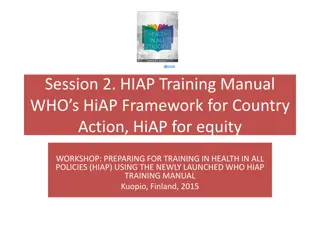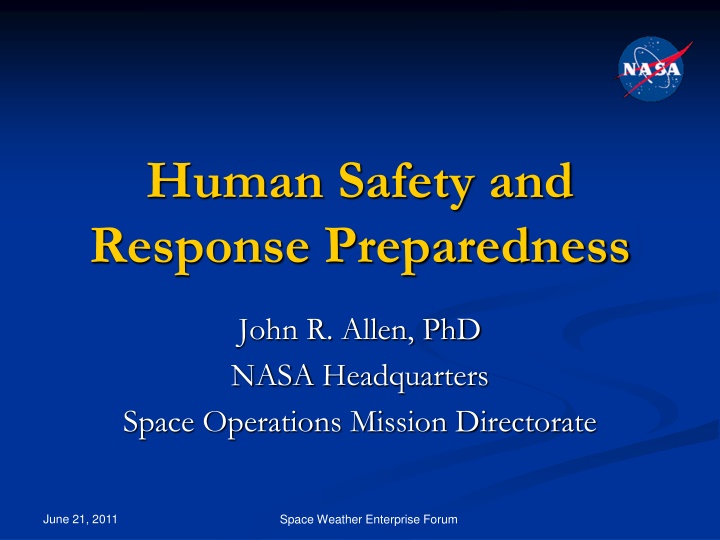
Managing Radiation Risks in Space Missions
Learn about NASA's approach to managing radiation risks in space missions, including short-term and long-term consequences, radiation protection principles, ALARA requirement, and radiation protection standards. Discover how NASA ensures the safety and health of astronauts by monitoring radiation exposure, implementing risk projection methods, and maintaining records to mitigate risks effectively.
Download Presentation

Please find below an Image/Link to download the presentation.
The content on the website is provided AS IS for your information and personal use only. It may not be sold, licensed, or shared on other websites without obtaining consent from the author. If you encounter any issues during the download, it is possible that the publisher has removed the file from their server.
You are allowed to download the files provided on this website for personal or commercial use, subject to the condition that they are used lawfully. All files are the property of their respective owners.
The content on the website is provided AS IS for your information and personal use only. It may not be sold, licensed, or shared on other websites without obtaining consent from the author.
E N D
Presentation Transcript
Human Safety and Response Preparedness John R. Allen, PhD NASA Headquarters Space Operations Mission Directorate June 21, 2011 Space Weather Enterprise Forum
NASA Is Concerned With Two Main Types Of Radiation Risk: Short-term consequences of relatively high levels of radiation, Caused by a Solar Particle Event (SPE), Repeated exposure during passage of the South Atlantic Anomaly Radiation risk is mainly due to cell depletion of sensitive tissues: bone marrow, intestinal epithelium, skin, etc. May lead to conditions affecting crew health and performance Long-term exposure to expected levels of solar and galactic cosmic radiation Enhanced probability of cancer Possibly changes in the cells of the brain, reproductive organs, other tissues.
South Atlantic Anomaly Double Strand Breaks
Basis of a Radiation Protection Program Principles of Radiation Protection: Define risks Define acceptable levels, leading to exposure limits Justify activity involving radiation exposures in terms of benefits to society As Low As Reasonably Achievable (ALARA) requirement Implementation Establish risk projection methods and limits Train workers and specialists Dosimetry Maintaining records ALARA documentation
ALARA The population involved in space activities is of limited size; thus, genetic effects would not play a role. The benefit of space flight exceeds substantially the risk. Radiation hazards analysis conducted before each mission. Radiation exposure monitored by individual/area dosimeters Records of radiation exposures maintained (including those from medical procedures). Formal protocols, including the use of calibrated active and passive measurement radiation systems, Flight rules covering any radiation exposure contingency have been developed and documented.
Radiation Protection Standards Ground-based Regulations Inappropriate Permissible Exposure Levels (PELs) - NASA Space Flight Human System Standard Volume 1 Crew Health Reviewed by National Council on Radiation Protection and Measurements (NCRP Reports No. 132, No. 137, No. 142) Space Permissible Exposure Limits primary functions of preventing in-flight risks that jeopardize mission success and limiting chronic risks to acceptable levels based on legal, ethical or moral, and financial considerations.
Mitigation of Risk Use of countermeasures Five approaches of which only the first two are currently practical Operational Shielding Screening Prevention Intervention
Operational Countermeasures Limitation of exposure and resultant risk through: Projection of mission radiation exposure and risk Space Radiation Analysis Group Radiation Health Office Selection of older crew members Avoiding EVAs during passage through the SAA Using spacecraft transfer trajectories that minimize the duration of interplanetary travel
Shielding Countermeasures Earth s magnetic field is protective in LEO Estimates of GCR within 15% Shielding materials have been tested on ISS Computational tools have been developed to estimate interaction of radiation with materials Standard approach for estimating shielding for spacecraft Computational models validated with dosimetry Personnel dosimetry worn by crew Detectors mounted internal and external to the spacecraft CAD Model of US Lab Radiation Area Monitor & ISS Tissue Equivalent Proportional Counter
Other Countermeasures Screening: Potential methods to screen for a genetic predisposition that results in an increased susceptibility or resistance to radiation Prevention: Development of pharmaceuticals that can be used as radioprotectants and genetic methods to enhance an organism s ability to repair damage Intervention: Interventions may be required to address acute radiation effects resulting from solar particle events. Biological interventions such as gene therapy methods to enhance cell repair or apotosis may be possible in the future.
Missions Beyond Low Earth Orbit Significant risk to crew and mission from space radiation No geomagnetic protection Space weather events Mission durations ~x10 compared to ISS Determination of an acceptable level of risk for exploration underway NASA has chartered reviews by the NCRP NCRP 153 - Information Needed to Make Radiation Protection Recommendations for Space Missions Beyond Low-Earth Orbit SC 1-13: Impact of Individual Susceptibility and Previous Radiation Exposure on Radiation Risk for Astronauts SC 1-15: Radiation Protection and Science Goals for Short-Term Lunar Missions
Information Needed as published in NCRP 153 Space Radiation Environment Develop SPE forecasting and prediction capabilities Develop realistic models of the largest expected SPE fluence rates Continue to improve the GCR environmental models used for risk assessment Space Radiation Physics and Transport Develop and validate space radiation transport codes Improve existing nuclear interaction databases
Information Needed (Cont.) Space Dosimetry Develop, certify and fly reliable rugged monitoring equipment Improve neutron spectrometers Validation of transport and dosimetry models Improved understanding of Tissue Equivalent Proportional Counter (TEPC)response Measures radiation dose and dose equivalent in fields containing a mixture of particle types Improved organ dose assessment TEPC
Information Needed (Cont.) Space Radiation Biology Late radiation effects (cancer/non-cancer) Early radiation effects Thresholds for neurovestibular, cardiac, prodromal and other CNS efffects Hematological, dermal and immune issues Dose rate effects Countermeasure development Goal: Improved Risk Assessment Model Acceptable Level of Risk
Designing Vehicles with Current Knowledge Communicating importance of radiation protection Radiation System part of Vehicle Integration Office Spacecraft Design Allocation of PELs to vehicle design Human System Integration Standards Currently a work in progress Flexibility in the future will be required
Design and Response Operations The best opportunity for implementing ALARA inside vehicles and habitats is during the design process Mass/volume penalty GCR difficult if not impossible to shield Design Use of physics codes to model vehicle Multi-use materials and geometry optimization Radiation protection as design element Provide baseline shelter Operations Concept of Operations development ongoing Risk minimization Mission flexibility Worst Case Courtesy of the Space Radiation Analysis Group
Implications for Commercial Ventures Same concerns and planning as NASA Mission length, destination, exposure, shielding, craft design, monitoring, PREDICTION, etc. Duration and destination may be different initially Participants vs Crewmembers Frequency of exposure Commercial Aerospace Polar routes




